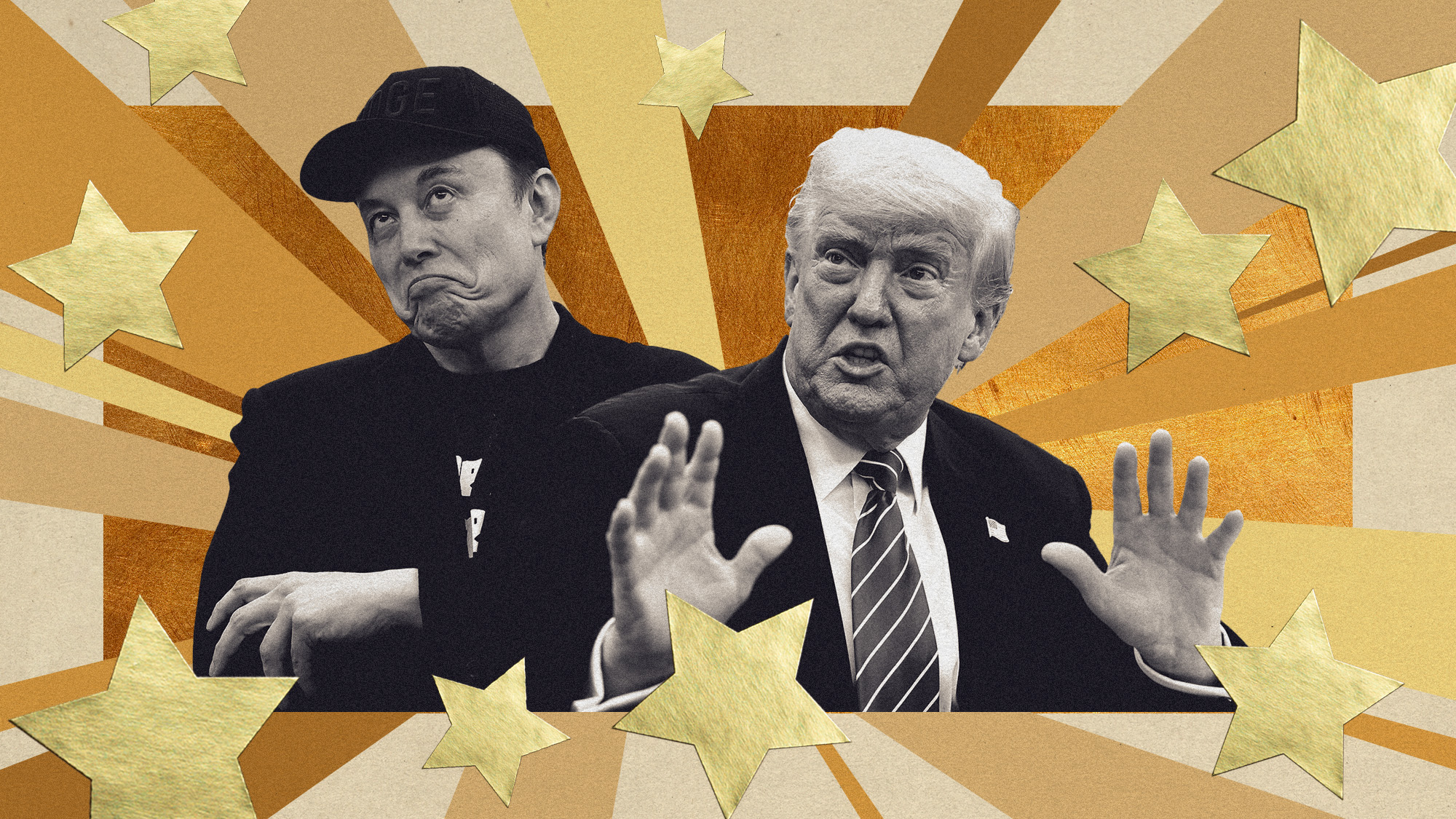Still Life: 1970s Photorealism
The meticulousness of photorealist painting “exhausts the eye,” but it can also generate surprising power.
Yale University Art Gallery, New Haven, Conn.
Through March 9
Photorealism can seem “the most dated of movements,” said Sebastian Smee in The Boston Globe. During the 1970s, many painters and a few sculptors strove to produce images and figures that mimicked photography’s precision, but the attempt was short-lived. Photography learned new tricks, so there no longer was any need for painting to work so hard at pointing out the younger medium’s conceptual limitations. But interest in the era’s photorealists is growing, and it’s not all about “the current pervasive nostalgia for all things ’70s.” This show in New Haven at times reminds us of the movement’s weaknesses: Idelle Weber’s 1974 still life of strewn trash might be dazzling in its technical proficiency, but its meticulousness “exhausts the eye.” Similar literal-mindedness generates surprising power elsewhere, though. It makes us feel the pathos in the constant expiration of fleeting moments in time.
The Week
Escape your echo chamber. Get the facts behind the news, plus analysis from multiple perspectives.

Sign up for The Week's Free Newsletters
From our morning news briefing to a weekly Good News Newsletter, get the best of The Week delivered directly to your inbox.
From our morning news briefing to a weekly Good News Newsletter, get the best of The Week delivered directly to your inbox.
We probably did misinterpret some of the photorealists, said Allan Appel in NewHavenIndependent.org. When artists like Chuck Close and John Baeder created huge oil paintings from Polaroid images of modest subjects, the work was “viewed as a democratic response” to Andy Warhol’s exalting of such celebrity brands as Campbell’s soup and Marilyn Monroe. But even Duane Hanson’s fiberglass-and-resin sculpture of a drunk in his TV chair and John De Andrea’s similarly unflattering figure of a pregnant woman in her underwear appear today to be comments on social stasis rather than celebrations of life’s underdogs. When Gerhard Richter imitated a snapshot’s narrow field of focus in 1972’s Portrait of Holger Friedrich, he wasn’t aspiring to photographic realness. He was showing us “how flawed, blurry, and unheroic photography can be,” particularly in its attempts to represent the real.
A free daily email with the biggest news stories of the day – and the best features from TheWeek.com
-
 Biggest political break-ups and make-ups of 2025
Biggest political break-ups and make-ups of 2025The Explainer From Trump and Musk to the UK and the EU, Christmas wouldn’t be Christmas without a round-up of the year’s relationship drama
-
 Why 2025 was a pivotal year for AI
Why 2025 was a pivotal year for AITalking Point The ‘hype’ and ‘hopes’ around artificial intelligence are ‘like nothing the world has seen before’
-
 The best drama TV series of 2025
The best drama TV series of 2025the week recommends From the horrors of death to the hive-mind apocalypse, TV is far from out of great ideas